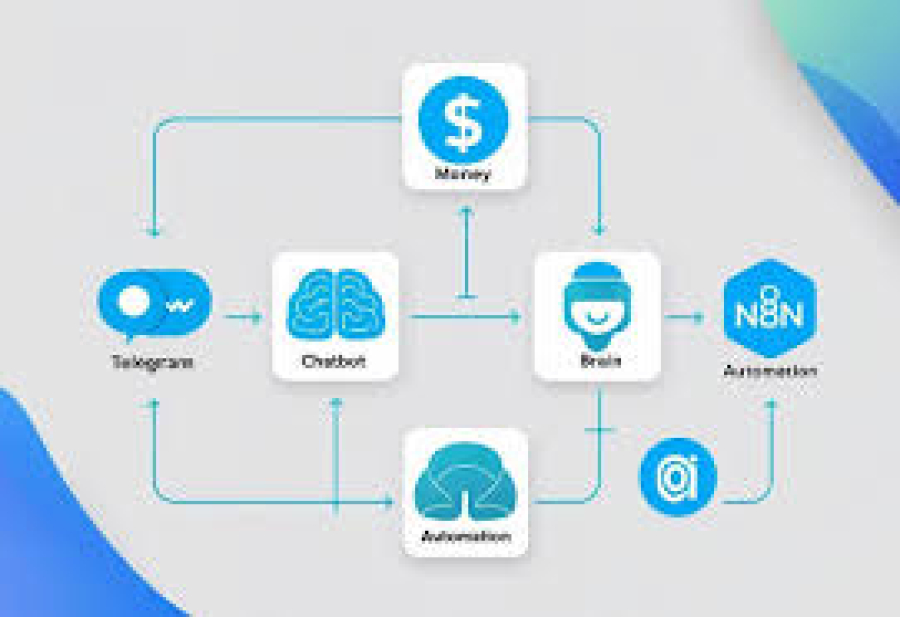Agile vs Waterfall: Which Software Development Model is Best?
In the ever-evolving world of software development, choosing the right project management methodology is critical — especially for freelancers and small teams. Two of the most widely used approaches are Agile and Waterfall. While Agile offers flexibility and speed, Waterfall provides structure and predictability. As a freelancer, understanding the pros and cons of each can help you select the right workflow for your projects and client needs. At FreelancerBridge, we aim to simplify your freelance journey by breaking down these methodologies and helping you determine which one best suits your goals.
📚 Long Description
🚀 What Is Agile Development?
Agile is a modern, iterative approach to software development that emphasizes collaboration, continuous feedback, and adaptability. It breaks projects into small, manageable units called sprints, typically lasting 1–4 weeks. Each sprint delivers a usable piece of the final product.
✅ Key Characteristics of Agile:
Iterative development cycles (sprints)
Regular client feedback and involvement
Rapid changes and continuous improvement
Cross-functional team collaboration
🧠 Agile Is Best For:
Projects with evolving requirements
Clients who want frequent updates
Freelancers working on ongoing or scalable products
🏗️ What Is Waterfall Development?
Waterfall is a linear and sequential model where each phase (Requirements → Design → Development → Testing → Deployment) must be completed before the next one begins. It’s highly structured and documentation-heavy.
✅ Key Characteristics of Waterfall:
Defined project scope and timeline
Phases completed one after the other
Less client involvement during execution
Emphasis on documentation and upfront planning
🧠 Waterfall Is Best For:
Projects with fixed requirements
Clients who prefer predictability
Freelancers working with government or enterprise contracts
🔍 Agile vs Waterfall – Key Differences
Feature Agile Waterfall
Project Structure Iterative & flexible Sequential & structured
Client Involvement High Low after planning
Changes During Project Easy to implement Difficult to accommodate
Development Speed Fast, continuous delivery Slower, big release at the end
Risk Management Lower (due to continuous feedback) Higher (due to late testing)
Testing Ongoing with each sprint Done at the end
Documentation Minimal, focused on working software Extensive, detailed upfront
💼 Which Model is Better for Freelancers?
Both Agile and Waterfall have unique advantages depending on the type of clients and projects you handle. Here's a breakdown tailored for freelance developers:
✅ Agile Benefits for Freelancers:
Quick Adaptation to Changes
Clients often change their minds. Agile lets you adjust without reworking the entire project.
Client Satisfaction
Regular communication and demos build trust and help reduce misalignment.
Faster Payments
With short sprints and deliverables, you can bill more frequently and keep cash flow healthy.
Scalability
Great for long-term clients or evolving products like apps, SaaS platforms, and e-commerce sites.
❗ Agile Drawbacks for Freelancers:
Requires more client involvement (which some clients may not prefer)
Demands time management and communication discipline
Not ideal for solo freelancers without project management skills
✅ Waterfall Benefits for Freelancers:
Clear Scope and Deliverables
You know exactly what’s expected from the start — perfect for fixed-price projects.
Less Interruptions
Once the plan is approved, there’s minimal back-and-forth with the client.
Ideal for Contract Work
Government and enterprise clients often require documentation-heavy, Waterfall-like approaches.
Better for Static Websites or Simple Tools
If the scope is unlikely to change, Waterfall makes execution easier.
❗ Waterfall Drawbacks for Freelancers:
Changes in requirements can lead to delays and disputes
Late testing can result in overlooked bugs
Client dissatisfaction may arise if the end product isn’t what they imagined
🧩 Hybrid Approach – The Best of Both Worlds?
Many successful freelancers use a hybrid approach, combining the planning rigor of Waterfall with the flexibility of Agile.
Example Hybrid Workflow:
Phase 1 (Planning): Use Waterfall to outline key deliverables, timelines, and costs.
Phase 2 (Execution): Implement Agile-style sprints for development and revisions.
This allows for flexibility without losing structure — making it easier to manage client expectations and your own schedule.
💡 Tips for Freelancers Choosing a Methodology
Assess the Client's Style:
If they’re hands-off and want everything “done by launch day,” Waterfall may work better.
Evaluate Project Scope:
Large, evolving apps work better with Agile. Small one-off websites are often better suited to Waterfall.
Know Your Strengths:
If you're comfortable with communication, iteration, and feedback — go Agile. Prefer detailed specs and structure? Try Waterfall.
Use Tools That Support Your Workflow:
Agile: Trello, Jira, Asana, Slack
Waterfall: Gantt charts, spreadsheets, MS Project
Always Document Agreements:
Regardless of the model, set expectations through contracts, timelines, and milestones.
🧠 Final Thoughts from FreelancerBridge
There’s no universal answer to “Which is best — Agile or Waterfall?” It depends on your client, your project, and your personal work style. Freelancers who understand both methodologies can adapt and stand out in the competitive freelance market. At FreelancerBridge, we believe that mastering these models not only improves project outcomes but also helps build trust and long-term client relationships.
Choose wisely, adapt when necessary, and deliver results that reflect your professional edge.


 by Emily
by Emily




